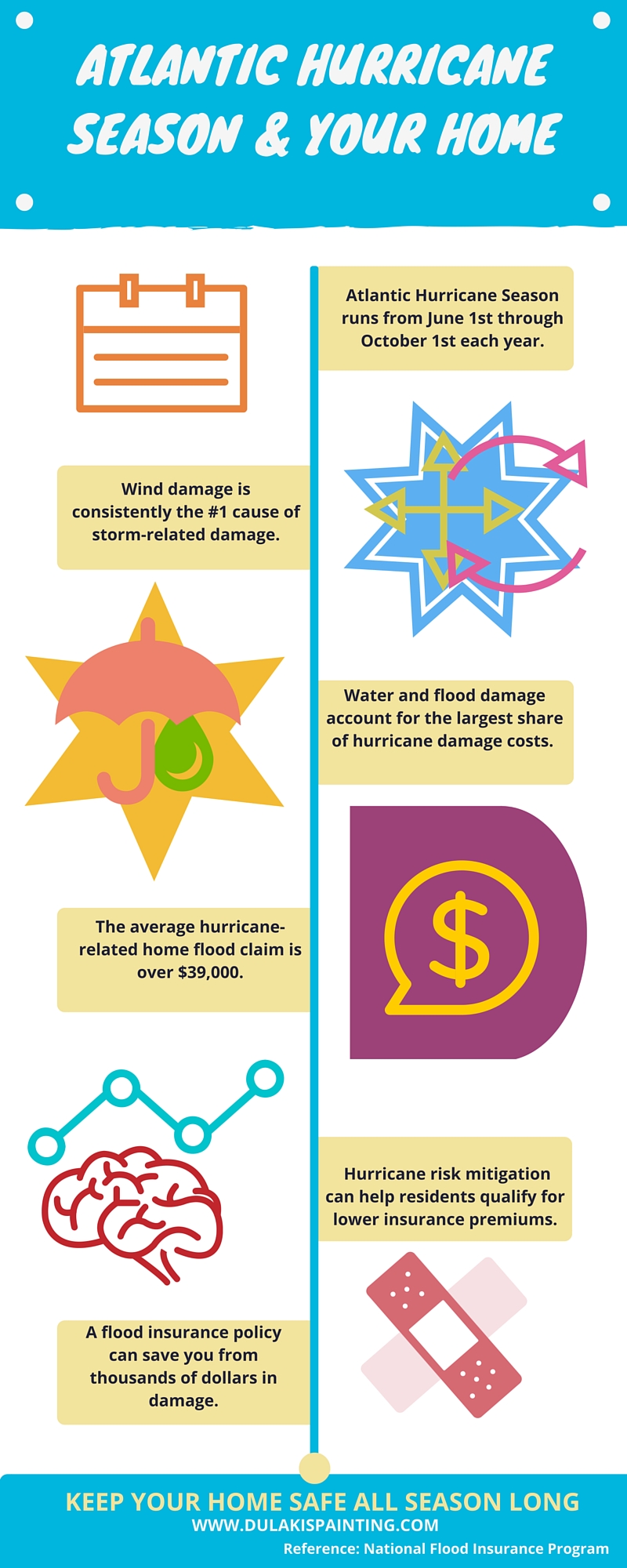Essential Seasonal Aspects Of Commercial Outside Painting: What You Must Comprehend
Essential Seasonal Aspects Of Commercial Outside Painting: What You Must Comprehend
Blog Article
Composed By-Korsholm Urquhart
When you're planning a business exterior painting task, seasonal variables can make or break your results. You'll wish to think about how temperature and humidity impact paint application and drying out times. Selecting the ideal season can ensure your paint adheres appropriately and lasts much longer. However which periods are really the very best for this sort of work? Let's explore the key elements that can influence your task's success.
The Influence of Temperature on Paint Application
When you're preparing a business external painting project, the temperature level can considerably influence how well the paint sticks and dries.
Preferably, house painting company saint paul want to paint when temperatures range in between 50 ° F and 85 ° F. If it's also chilly, the paint may not treat properly, bring about issues like peeling off or fracturing.
On the other hand, if it's also warm, the paint can dry as well swiftly, avoiding appropriate bond and causing an irregular surface.
You must also think about the moment of day; morning or late afternoon offers cooler temperature levels, which can be a lot more positive.
Always check the manufacturer's referrals for the certain paint you're utilizing, as they often offer assistance on the optimal temperature array for ideal results.
Moisture and Its Result on Drying Times
Temperature level isn't the only environmental factor that affects your business outside painting task; humidity plays a significant function as well. High humidity levels can slow down drying out times drastically, impacting the general quality of your paint job.
When the air is saturated with dampness, the paint takes longer to cure, which can bring about concerns like poor bond and a higher threat of mold development. If you're painting on an especially moist day, be prepared for extended wait times in between coats.
It's critical to check local weather and strategy accordingly. Ideally, go for moisture levels between 40% and 70% for optimum drying.
Maintaining these factors in mind ensures your project remains on track and provides a long lasting coating.
Best Seasons for Commercial Exterior Paint Projects
What's the most effective time of year for your business external painting projects?
Springtime and very early fall are usually your best options. During these seasons, temperature levels are light, and moisture degrees are typically reduced, creating ideal problems for paint application and drying.
Avoid summer season's intense heat, which can trigger paint to dry as well swiftly, resulting in inadequate adhesion and coating. Likewise, honolulu interior painters can impede proper drying and treating, taking the chance of the durability of your paint job.
Aim for days with temperature levels in between 50 ° F and 85 ° F for ideal outcomes. Keep in mind to check the neighborhood weather prediction for rainfall, as wet problems can ruin your project.
Planning around these aspects guarantees your paint task runs smoothly and lasts longer.
Verdict
Finally, preparing your business outside paint tasks around seasonal factors to consider can make a substantial difference in the end result. By organizing work throughout the suitable temperatures and moisture levels, you'll ensure far better bond and drying times. Keep in mind to watch on neighborhood weather forecasts and select the right time of year-- springtime and early fall are your best options. Taking these steps will help you achieve a durable and specialist finish that lasts.
